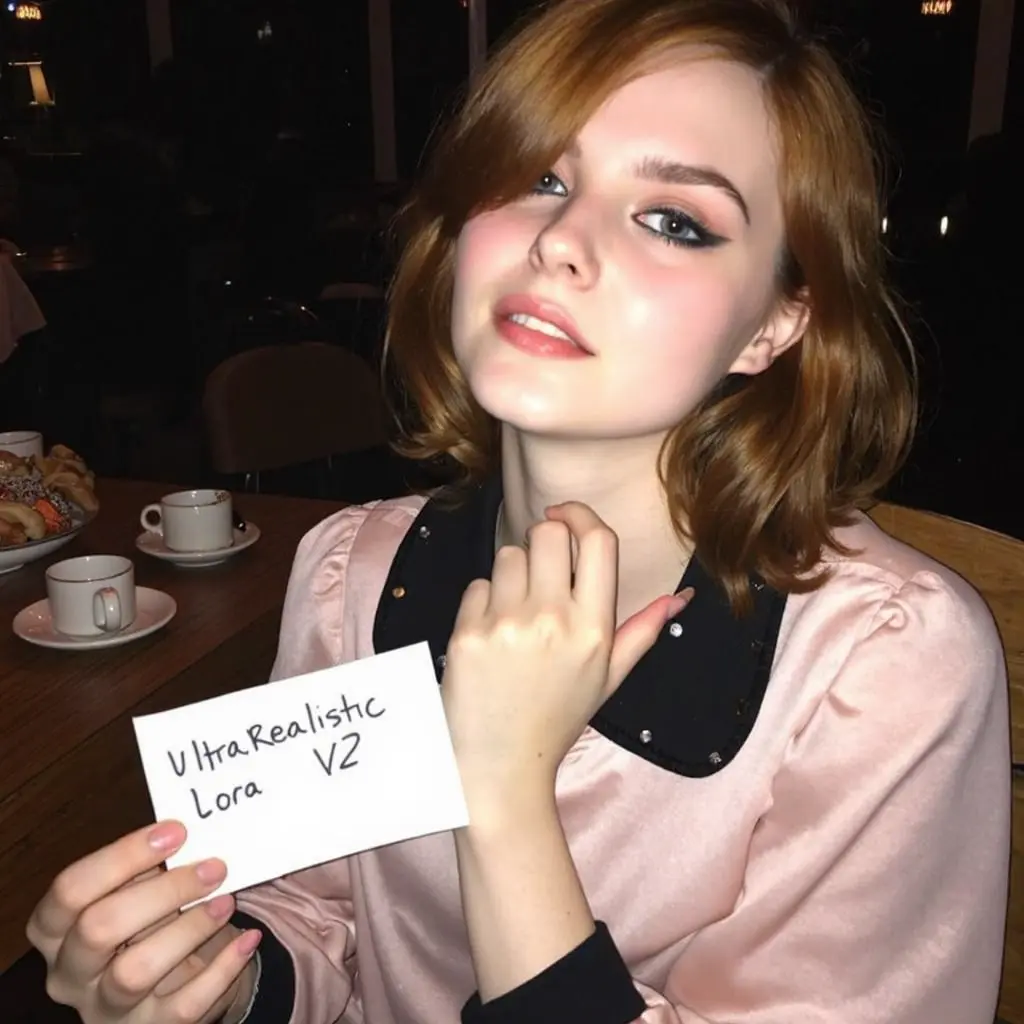ComfyUI Node: Layer Diffuse Joint Apply
LayeredDiffusionJointApply
Categorylayer_diffuse
huchenlei (Account age: 3160days) Extension
ComfyUI-layerdiffuse (layerdiffusion) Latest Updated
2025-02-25 Github Stars
1.63K
How to Install ComfyUI-layerdiffuse (layerdiffusion)
Install this extension via the ComfyUI Manager by searching for ComfyUI-layerdiffuse (layerdiffusion)- 1. Click the Manager button in the main menu
- 2. Select Custom Nodes Manager button
- 3. Enter ComfyUI-layerdiffuse (layerdiffusion) in the search bar
Visit ComfyUI Online for ready-to-use ComfyUI environment
- Free trial available
- 16GB VRAM to 80GB VRAM GPU machines
- 400+ preloaded models/nodes
- Freedom to upload custom models/nodes
- 200+ ready-to-run workflows
- 100% private workspace with up to 200GB storage
- Dedicated Support
Layer Diffuse Joint Apply Description
Enhance AI art generation with layered diffusion blending for complex outputs.
Layer Diffuse Joint Apply:
LayeredDiffusionJointApply is a powerful node designed to enhance your AI art generation process by applying layered diffusion techniques. This node is particularly useful for combining multiple latent representations and conditioning inputs to produce more complex and refined outputs. By leveraging the capabilities of layered diffusion, it allows for the integration of various elements in a seamless manner, resulting in high-quality and detailed images. The primary goal of this node is to facilitate the blending of different latent spaces and conditioning data, ensuring that the final output is a harmonious combination of all inputs. This makes it an essential tool for artists looking to create intricate and multi-faceted AI-generated artworks.
Layer Diffuse Joint Apply Input Parameters:
model
The model parameter refers to the ModelPatcher instance that is used to apply the layered diffusion process. This parameter is crucial as it determines the specific model architecture and version that will be used for the diffusion process. The model must be compatible with the layered diffusion technique to ensure proper execution.
cond
The cond parameter represents the conditioning input that guides the diffusion process. This input can be any form of data that influences the final output, such as text prompts or other contextual information. It plays a significant role in shaping the characteristics and features of the generated image.
uncond
The uncond parameter stands for the unconditioned input, which serves as a baseline or neutral reference during the diffusion process. This input helps in balancing the influence of the conditioning input, ensuring that the final output is not overly biased towards the conditioning data.
blended_latent
The blended_latent parameter is a latent representation that has been blended from multiple sources. This input is essential for combining different latent spaces, allowing for the creation of more complex and nuanced images. It provides a rich source of information that can be integrated into the final output.
latent
The latent parameter is another latent representation that is used in conjunction with the blended_latent input. This parameter provides additional information that can be layered and diffused to enhance the final image. It is crucial for adding depth and detail to the generated artwork.
config
The config parameter specifies the configuration string that identifies the particular layered diffusion model to be used. This parameter ensures that the correct model settings and parameters are applied during the diffusion process. It is important to use the appropriate configuration to achieve the desired results.
weight
The weight parameter determines the influence or strength of the layered diffusion process. This parameter controls how much the diffusion technique affects the final output. Adjusting the weight can help in fine-tuning the balance between different inputs and achieving the optimal blend of features in the generated image.
Layer Diffuse Joint Apply Output Parameters:
output
The output parameter is the final result of the layered diffusion process. This output is a high-quality, detailed image that combines the various inputs in a harmonious and aesthetically pleasing manner. The output reflects the influence of the conditioning and unconditioned inputs, as well as the blended and latent representations, resulting in a complex and refined artwork.
Layer Diffuse Joint Apply Usage Tips:
- Experiment with different
condanduncondinputs to see how they influence the final output. This can help you understand the impact of conditioning data on the generated image. - Adjust the
weightparameter to fine-tune the balance between different inputs. A higher weight can make the diffusion process more pronounced, while a lower weight can result in a more subtle blend. - Use the
configparameter to switch between different layered diffusion models. Each model may have unique characteristics and capabilities, so exploring various configurations can lead to diverse and interesting results.
Layer Diffuse Joint Apply Common Errors and Solutions:
"Model version mismatch"
- Explanation: This error occurs when the model version used in the diffusion process does not match the expected version for the layered diffusion model.
- Solution: Ensure that the model version specified in the
modelparameter is compatible with the layered diffusion model. Check the configuration and update the model version if necessary.
"Invalid configuration string"
- Explanation: This error indicates that the configuration string provided in the
configparameter does not match any available layered diffusion models. - Solution: Verify that the configuration string is correct and corresponds to an existing layered diffusion model. Refer to the documentation or available model configurations to find the appropriate string.
"Latent dimension mismatch"
- Explanation: This error occurs when the dimensions of the latent inputs do not match the expected dimensions for the diffusion process.
- Solution: Ensure that the
latentandblended_latentinputs have compatible dimensions. Check the preprocessing steps and adjust the dimensions if necessary to match the expected input format.
Layer Diffuse Joint Apply Related Nodes
RunComfy is the premier ComfyUI platform, offering ComfyUI online environment and services, along with ComfyUI workflows featuring stunning visuals. RunComfy also provides AI Models, enabling artists to harness the latest AI tools to create incredible art.



